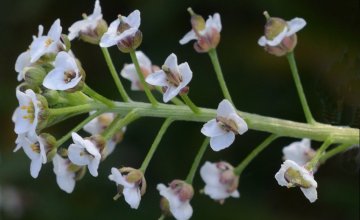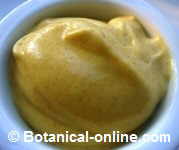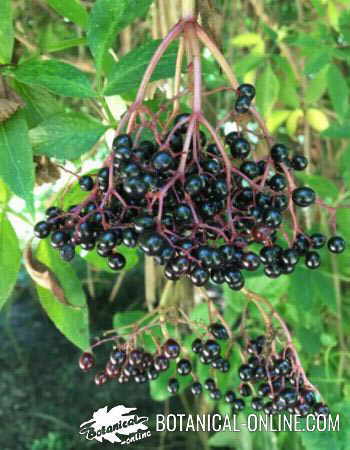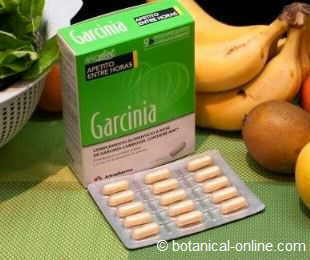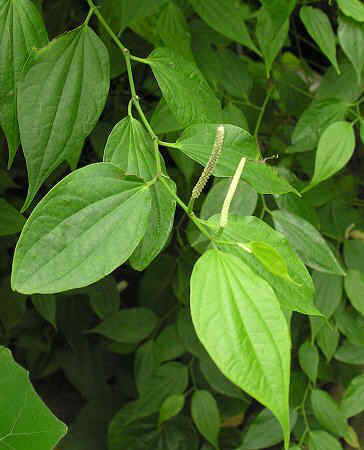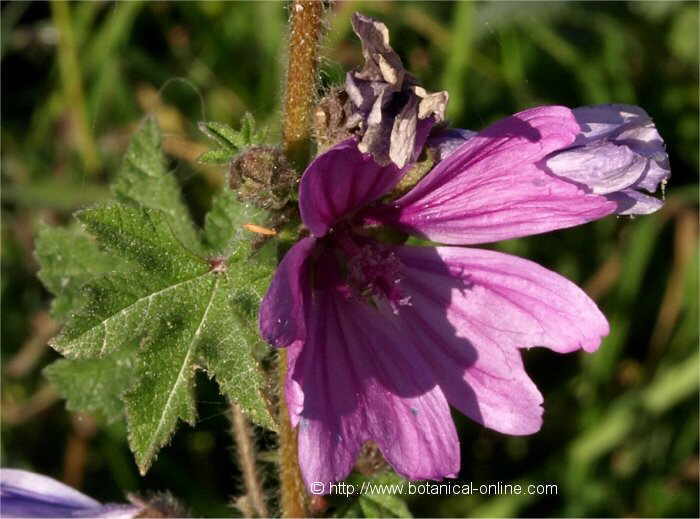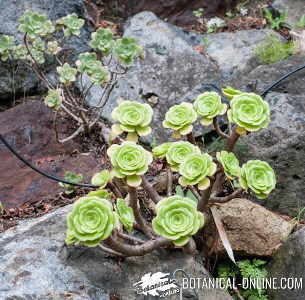Contents
How to grow saffron at home
Climate and conditions for growing saffron
It’s a plant native to Iran, adapted to sun exposure and the extreme climate of the high mountains of Zagros. It’s naturalized throughout the Mediterranean region (southern Europe and northern Africa), and eastern Asia.
Saffron is a rustic plant capable of adapting to different latitudes and temperatures, as well as different types of soil. However, sometimes it may not bloom in very cold climates.
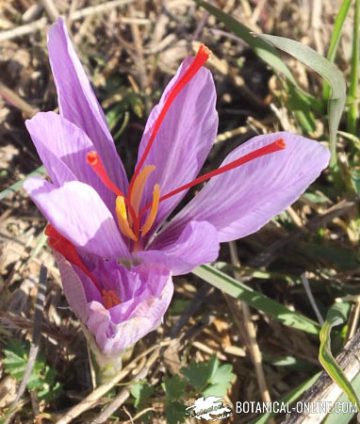
An example is the cultivation of saffron in Great Britain, where the plant develops few or no flowers.
- Temperate or warm climates. Warm, dry summers and mild winters are favorable for its growth.
- Full sun exposure. Flowers are produced only after hot, dry summers. It tolerates heat and temperatures up to 40-45ºC. It should be sheltered from strong winds.
- Plant resistant to frost, up to -15ºC, although these are not favorable and can cause rotting of the bulb.
Soil conditions for growing saffron
- It adapts to all types of soils, and does not have high nutrient demands. Some growers even remark on that plants produce less saffron when grown in fertilized soil.
- Well-drained soil. The optimal texture of the soil should be of medium consistency, light, silica-calcareous, calcareous-sandy or sandy. It tolerates calcareous soils.
- Avoid puddles and soil flooding.
- It does not like soil that is too clayey, which encourages humidity and bulb rotting.
- The pH of the soil can be acidic, alkaline or neutral, and it can grow in very alkaline soils.
Saffron propagation
Saffron used as a colouring and spice is a sterile plant, which only reproduces vegetatively by bulbs.
The bulbs are purchased at flower shops or extracted from your saffron crop, after 3-4 years. If you obtain bulbs from your crop, last year’s bulbs are divided and dried in the sun.
How to plant saffron bulbs?
- Bulb planting is done in spring. It can be planted in May and until June, depending on the weather. In warm regions of the northern hemisphere, traditional almanacs place the ideal time for planting between June 23 – June 29. In cold regions, try to avoid the cold of autumn, which is when the plant should flower. Rainfall or irrigation during this period is favorable, always avoiding waterlogging and excess watering.
- One of the main tasks of this type of cultivation will be to monitor predators, especially field mice and moles.
- Bulb germination: The bulb germinates 3 weeks after planting.
- During the summer, it is not advisable to water the plant more than once a week. Less irrigated crops have higher production.
- Irrigation during flowering: between September and October, autumn rains favor the budding and flowering of the plant.
- Budding: Saffron leaves sprout after flowering, in late autumn or winter, and persist until spring.
- Flower harvest: the flowers of saffron are collected between October and November. It is said that this delicate spice should be harvested first thing in the morning, before dawn.
- After flower harvest, the saffron stigmas must be plucked, one by one, from each flower. The stigmas are separated from the rest of the flower.
- Vegetative period: the leaves of the plant will dry out during the winter, while the bulb will remain in a dormancy or vegetative period, and will not germinate again until the weather is favorable, in March. Meanwhile, during the vegetative period, the plant bulb begins to form new daughter bulbs. In April, the new bulbs will be fully formed.
- In April we can mow the dry leaves of the plant. In large cultivations, this material is used to fertilize the soil.
- In March, the bulb will still be underground and possibly not yet germinated, but it is in this month when the favorable weather and rain will activate the germination period of the plant again.
- The plant cycle begins again: between May and June the bulb will germinate.
- Between August and October, depending on the weather, saffron will flower. Their stigmas are collected between October and November. After the third or fourth year, the plant will no longer be productive. Then proceed to the following:
- In early spring, between March and early June, lift the plant and examine its bulb. We will be able to observe that the bulb that we planted 3 or 4 years ago has developed between 2 and 3 small bulbs, the daughter bulbs, which are easily differentiated.
- The daughter bulbs are carefully divided and left to dry in the sun.
- The bulbs can be replanted in May – June of the same year, in new soil. Saffron depletes the growing soil, so it is recommended to give it a rest of 10-12 years without planting saffron.
- Take care that the bulb is not damaged by trampling or during soil tillage, as any crack can be an entry point for pathogens.
Saffron irrigation
The watering requirement of the plant depends directly on the stage of its vegetative cycle:
- Irrigation is favorable in spring, when its bulb develops. The April and March rains of the Mediterranean climate are ideal.
- It tolerates summer drought, and in fact it is favorable for increasing flower production.
- In early autumn, between mid-September and October, it should be watered to encourage the budding and flowering of the plant.
- It is a plant very sensitive to humidity, which can cause rot of the bulb. It should not be overwatered.
Where to buy saffron bulbs?
Saffron bulbs, which are used to plant saffron, should be purchased from florists or garden stores. If we cannot find saffron bulbs in the store, we can ask if it is possible to order them,
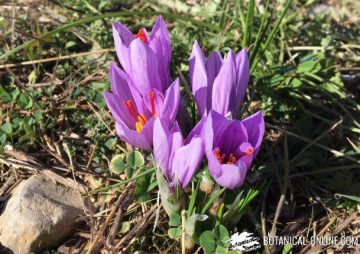
since the store’s distributor may be able to get them for us.
If we cannot find this plant in the usual points of sale, we can turn to online gardening stores. In this case, we will only do it on those websites that guarantee the quality of the product and have a secure online payment certificate.
We must order “Crocus sativus saffron bulbs“. It is possible that they offer us varieties of it, for example, “Crocus sativus var. cartwrightianus“, in which case we will obtain a greater amount of saffron.
We must reject other species of saffron, since it refers to other plants of the Crocus spp. family, which are not edible. Crocus sativus saffron is the only aromatic spice in its family.
Saffron (Crocus sativus) must not be confused with wild saffron, autumn crocus, meadow saffron, naked ladies or naked boys (Colchicum autumnale), which is a toxic plant.
Diseases and pests of saffron cultivation
- Saffron wart: These are simply small bumps that the bulb develops when it has suffered some blow. Cut the wart with a knife, dry in the sun and replant in new soil.
- Corm rot of saffron: It’s a disease caused by the fungus Sclerotinia bulborum, which attacks the inside of the bulb. This disease can be distinguished even in some bulbs that have not yet been planted, and is characterized by black spots on the bulb. It occurs in poorly drained, flooded land or when flooding occurs. Cut off the infected part with a knife, dry in the sun and replant in new soil. Saffron should not be planted in that soil for at least 6 years.
- Saffron mold: It’s a disease caused by the fungi Rhizoctonia violacea and Rhizoctonia crocorum. It appears between late spring and summer, and worsens with autumn humidity. Preventive treatment is available. Saffron should not be planted in this soil for at least 6 years.
- Nematodes or roundworms: Treat nematode pathogens with commercial nematicides.
- Rats, moles, rabbits and hares can feed on the bulbs and damage the plantation. Field mice and moles, in particular, tend to have a certain predilection for bulbous plants.
![]() More information on saffron
More information on saffron

